#myxomycota
Explore tagged Tumblr posts
Text

Lamproderma sp. by mycosphaera
#slime mold#iridescent#lamproderma#myxomycota#slime mould#mycosphaera#forest floor#macro photography#myxomycetes#microbiota#microbiology#microorganisms#nature photography
71 notes
·
View notes
Text

more coral slime / Ceratiomyxa sp • aotearoa
202 notes
·
View notes
Text





wip
some abstract free hand slime mold plasmodium on top of a granny square pocket 🧡 this is gonna be part of one of those harness bag things I've been seeing around.
#I've never used a hook this small before#crochet#crocheting#fiber art#fiber artists of tumblr#fiber arts#fiber crafts#crocheters of tumblr#wip#crochet wip#slime mold#plasmodium#myxomycota
96 notes
·
View notes
Text
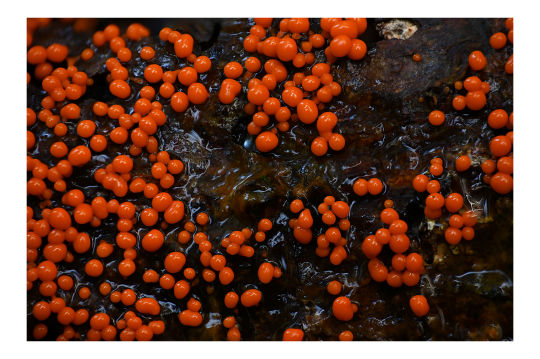


orange slime myxomycetes, unable to exactly ID this species. Found on decaying Sitka spruce limbs.
first two images composed of 150 images stacked
Big Lagoon, California
#slime fungi#myxomycetes#myxomycota#fungi#forest floor#mycology#sitka spruce#mushrooms#naturecore#public lands#mushroom photography#nature photography#macrophotography#original photographers#nikon photography#nikon#105mm#focus stacking#helicon focus#photographers on tumblr
268 notes
·
View notes
Text




Coral slime mold 》 Ceratiomyxa fruticulosa
Southeast Texas, 6 Sept. 2024
#not fungi#not a mushroom#mushroom hunting#mushrooms#amatuer mycology#mycology#fungi#mushrooms of texas#texas mushrooms#fungi of texas#wild fungi#fungarium#mushroom foraging#foraging#coral slime mold#slime mould#slime mold#myxomycetes#myxomycota#species identification#slime mold species#special interest#goblincore#crowcore#naturecore
62 notes
·
View notes
Text

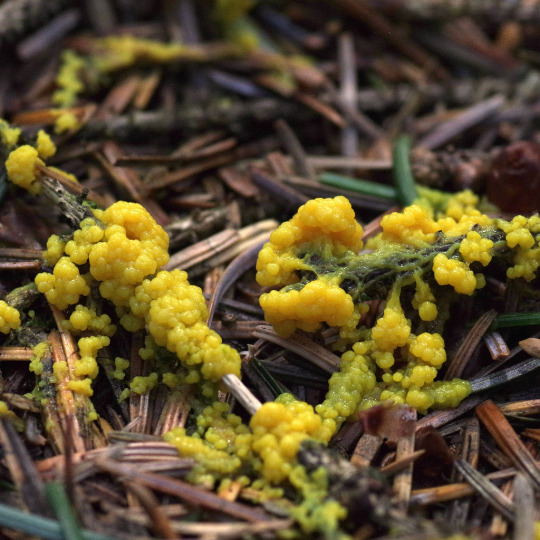

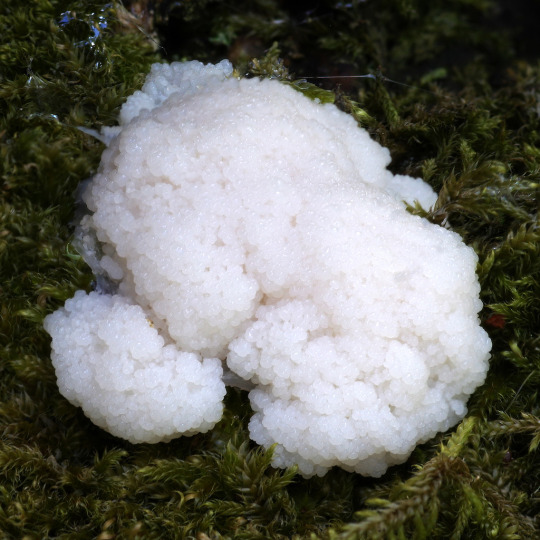
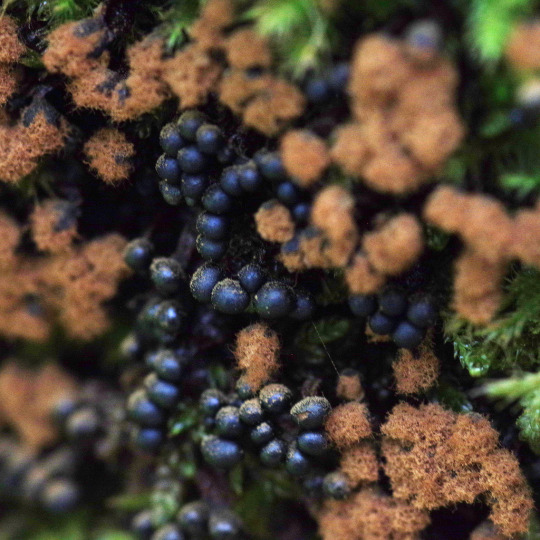

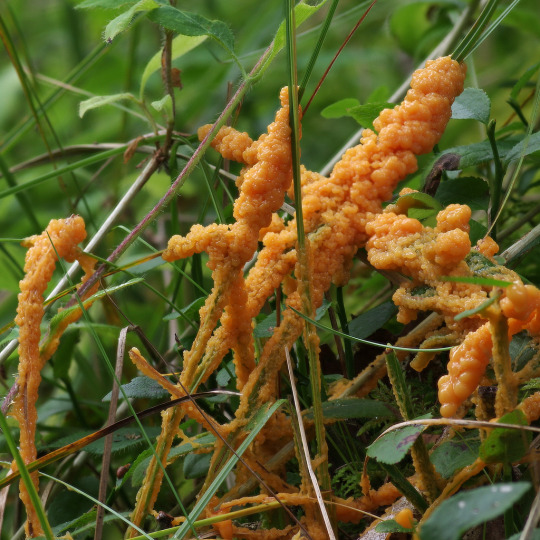
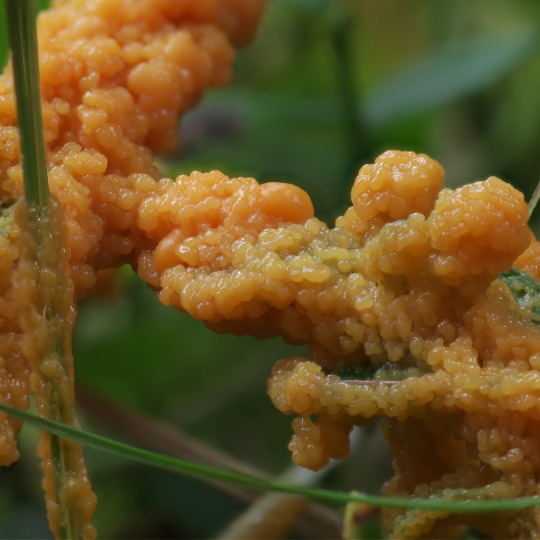

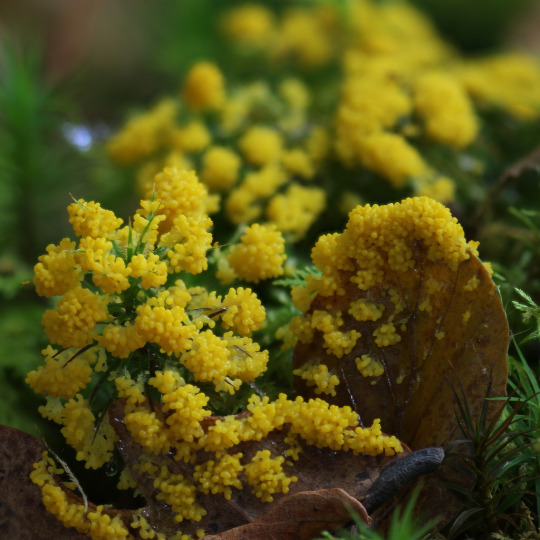
Lots of slime mould activity this August.
Whoops - red blobs in image 6 look like maybe a fungus - something in Nectriaceae, perhaps.
363 notes
·
View notes
Text


I have been loving the slime molds popping up this season! I've mostly just been finding Ceratiomyxa fruticulosa and Fuligo septica, but they've been out in force. (I also managed to get an entire class of about ten adults to all gently poke a Lycogala epidendrum to see how it feels different from fungi, which I found vastly entertaining.)
#slime mold#slime molds#myxomycota#myxomycetes#nature#forest#biodiversity#Protista#ecology#nature photography
31 notes
·
View notes
Text
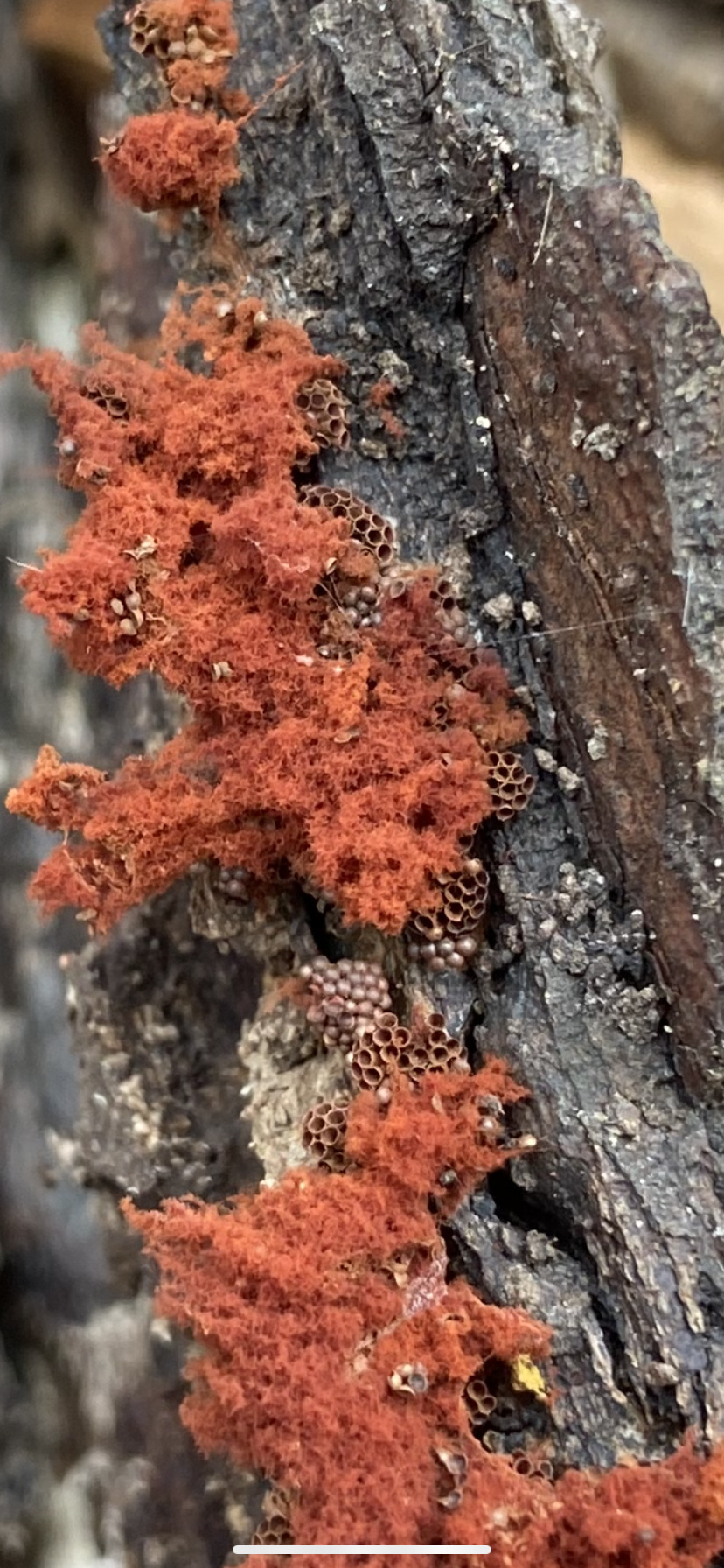

Wasp’s Nest Slime mold
Edit: maybe carnival candy?
89 notes
·
View notes
Text
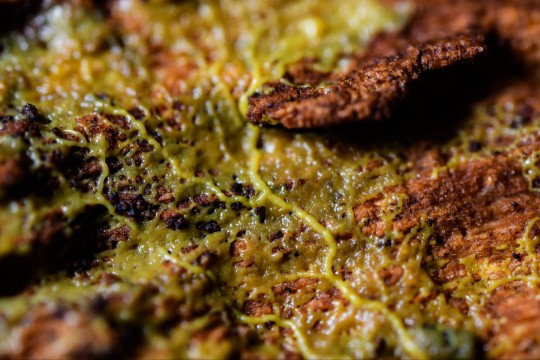
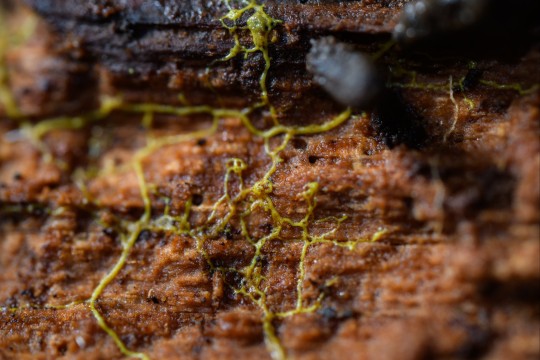
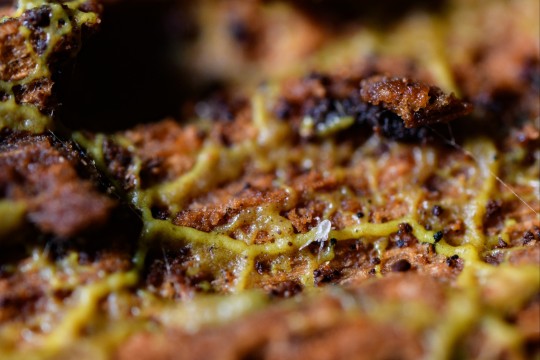
slime mold with eupodid mite
#nature#photography#science#animals#arthropods#bugblr#invertebrates#macro photography#arachnida#mites#slime mold#myxomycota#myxomycetes
21 notes
·
View notes
Text


10 notes
·
View notes
Text

Lycogala epidendrum by Eileen O’Shea
#wolfs milk slime mold#slime mold#myxomycota#Lycogala epidendrum#lycogala#trypo#texture#slime mould#forest floor#macro photography#myxomycetes#microbiota#microbiology#microorganisms#nature photography#clusters
48 notes
·
View notes
Text

chocolate tube slime/Stemonitis sp • aotearoa
#plus of course the bonus springtail that is discovered only when looking at the photos at home#i love them i love how there are little guys that share my interests#like i see a slime mold and invariably there is a small creature also looking at it. adn then we are doing that together :)#aotearoa#myxomycota#myxomycetes#slime molds#stemonitis#forest floor#posting
83 notes
·
View notes
Text
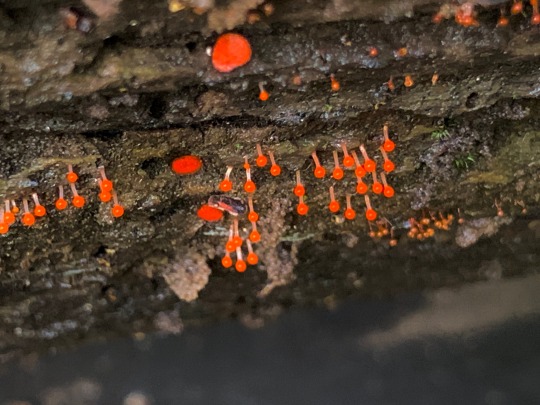

slime molds from today
120 notes
·
View notes
Text

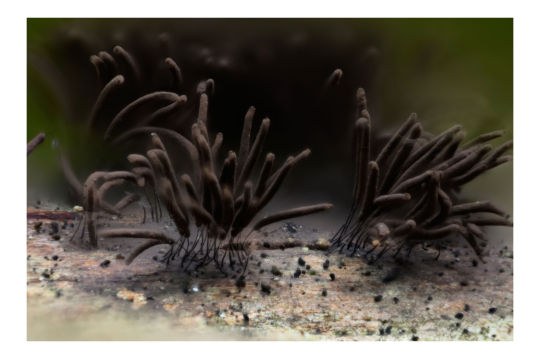

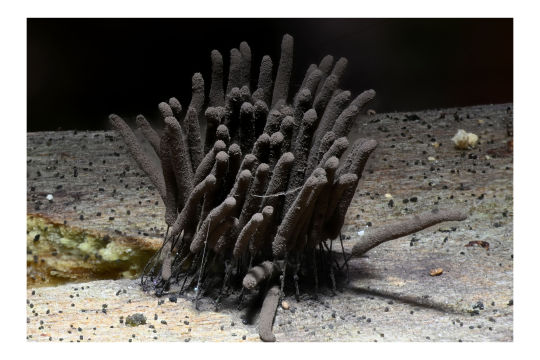
Stemonitis splendens, growing on well decayed alder wood along a Sitka/Alder forest edge.
100, 300, 95, and 91 image stacks
Big Lagoon, California
#stemonitis#stemonitis splendens#myxomycetes#myxomycota#fungi#mycology#forest floor#mushroom photography#macrophotography#nikon#imagestack#original photographers
144 notes
·
View notes
Text
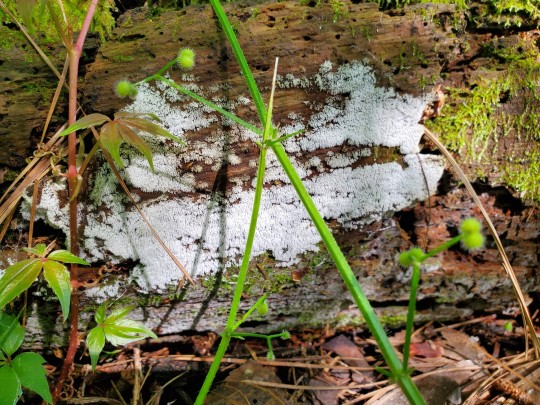
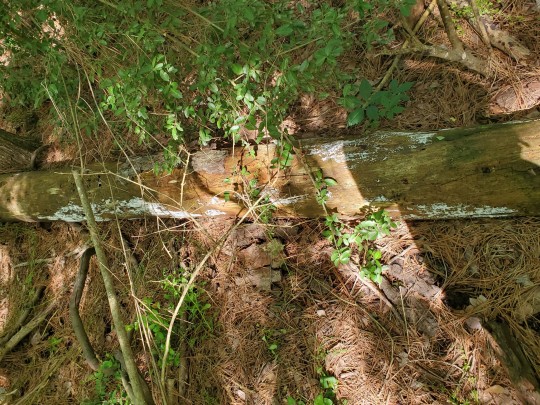
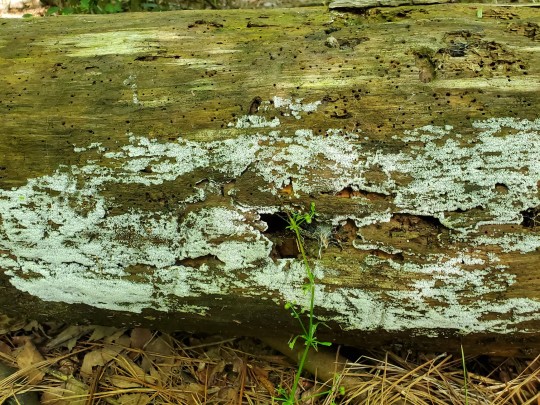
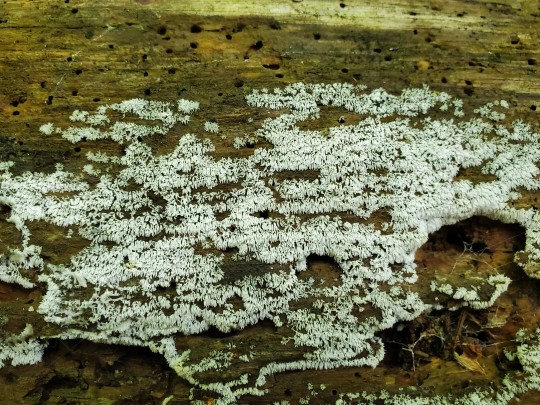
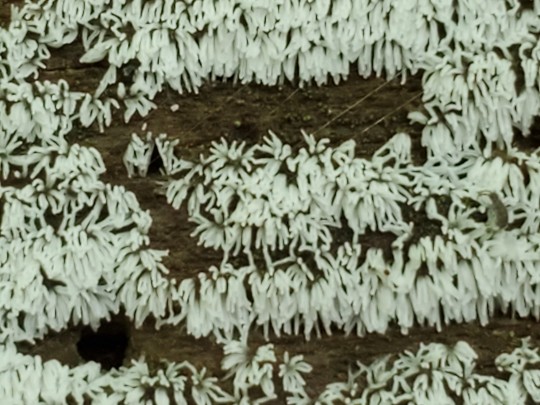
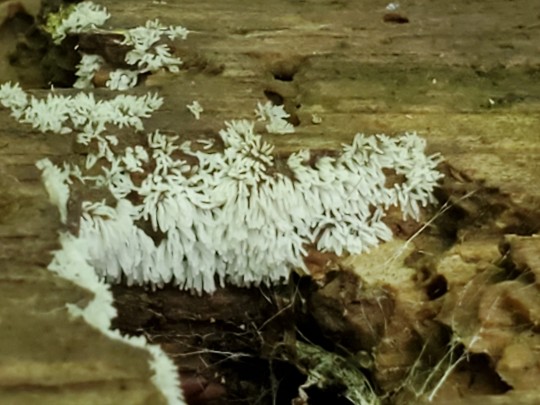
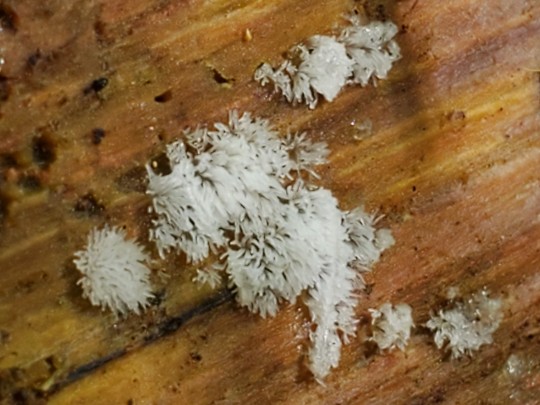
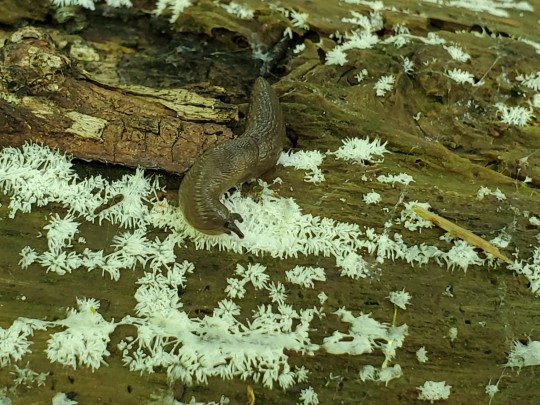
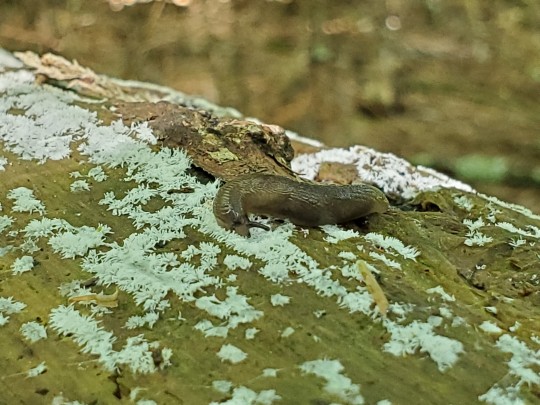

Coral slime mold! 》 Ceratiomyxa fruticulosa
Featuring a smooth land slug, genus Deroceras, enjoying a coral slime breakfast.
Found out on the trails while foraging for wild onions! I've seen pictures of this genus on my dash but this was my first time encountering it in person!
Southeast Texas, 12 April, 2024
#not a fungus#not fungi#amatuer mycology#mushroom hunting#mushrooms#mycology#fungi#mushrooms of texas#texas mushrooms#wild fungi#fungi of texas#fungarium#myxomycetes#myxomycota#slime mould#slime mold#coral slime#coral slime mold#species identification#slime mold species#special interest#rot#decay#goblincore#foraging texas#foraging#slug
68 notes
·
View notes
Text
In the Shadows of Slime: Uncovering the Role of Sporangia in Slime Mold Life

Imagine walking through a damp, moss-covered forest floor, when you suddenly spot something strange: a bright, glistening mass of yellow-orange goo. It looks like something out of a science fiction movie, but it’s actually a plasmodial slime mold, one of nature’s most bizarre and fascinating creatures. These organisms are neither fungi nor plants, but something entirely different, existing in a world all their own.
One of the most mind-blowing aspects of plasmodial slime molds is their method of reproduction, which involves the formation of sporangia. But what exactly are sporangia? Simply put, they are spore-producing structures that serve as the slime mold’s way of multiplying and spreading its species. These sporangia usually emerge at the end of the plasmodial stage, after the slime mold has spent time exploring its environment, moving across surfaces like a slow, undulating wave.
Now, here’s the kicker: the slime mold’s plasmodium is a giant, multi-nucleated mass of protoplasm, which doesn’t have individual cells like most organisms do. It's essentially one big, living blob that “decides” when to form sporangia. This decision is made in response to environmental conditions—often when food is scarce or the mold has completed its spread. The plasmodium’s ability to adapt and respond in such a complex way, without a brain, is what scientists find so captivating. The slime mold "chooses" the right moment to produce sporangia, which will release spores that can survive harsh conditions and begin the cycle again.
In a sense, plasmodial slime molds are like tiny, living puzzle pieces, piecing together an ancient survival strategy. Their ability to create sporangia and spread spores helps them survive and thrive in unpredictable environments. And even though these creatures don’t have a brain or nervous system, they exhibit an incredible form of “intelligence” when it comes to solving problems like finding food or navigating through mazes.
So the next time you find yourself lost in the woods, take a moment to appreciate the strange and wonderful world of plasmodial slime molds. With their sporangia, they’re not just a blob of goo—they’re survivors, masters of adaptation, and proof that intelligence can come in many forms.
#nature#biology#microbiology#microorganisms#protists#slime molds#slime mold#myxogastria#myxomycota#myxomycetes#fungi#mycology#natural history#life science#science#science class#microscopic#microscope#microscopic life#microscopic organisms
8 notes
·
View notes